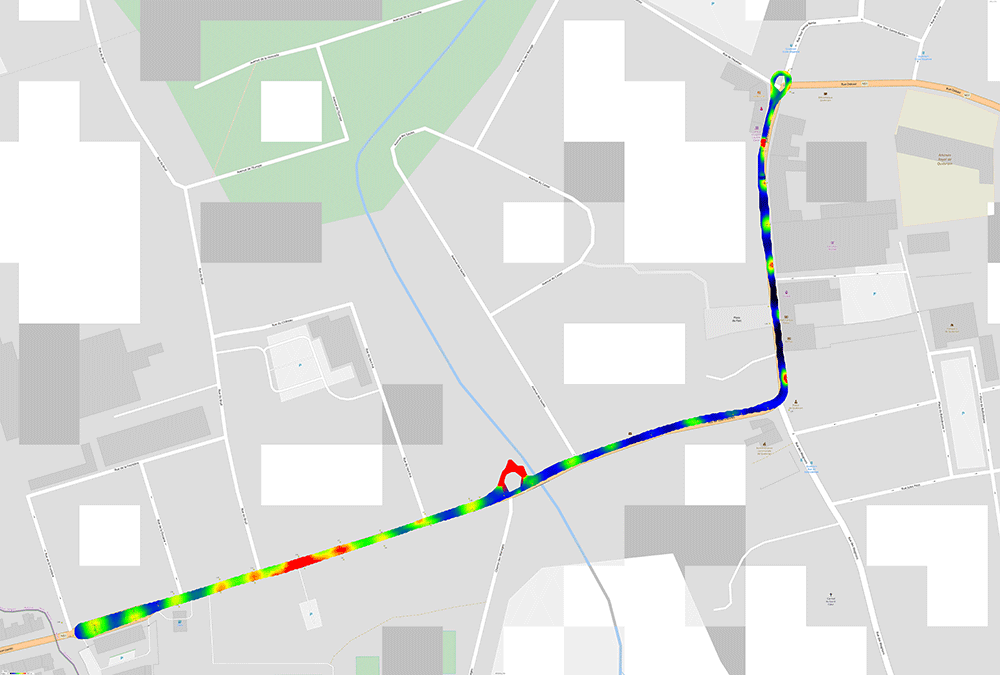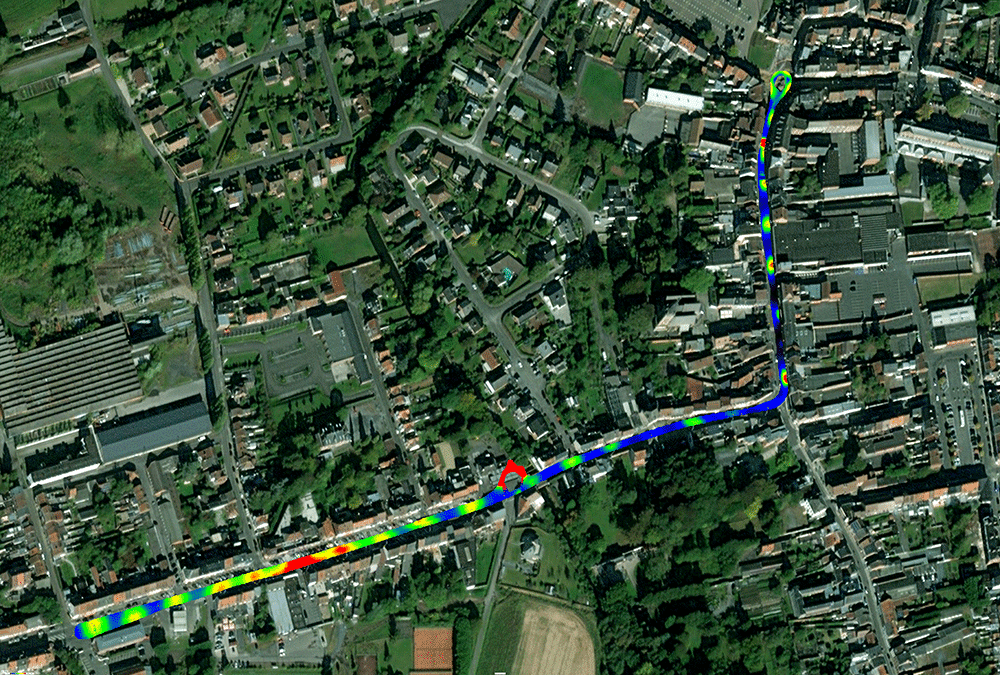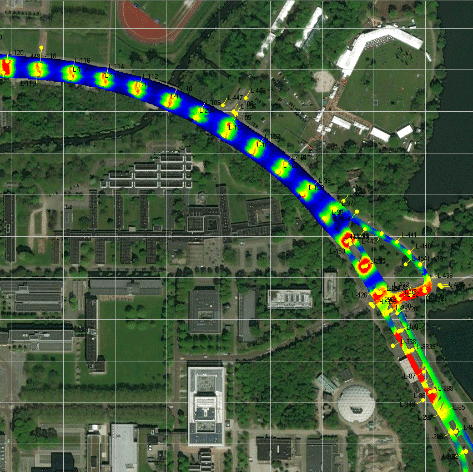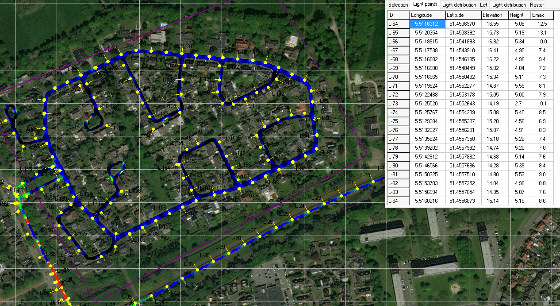Public lighting, a vital service
Public lighting is a vital service affecting everybody. It impacts the daily lives, safety and security of every citizen and, what’s more, it could account for 30 – 60% of a town or city’s total electricity consumption.
Reliable and bright public lighting reduces accidents and crime and permits economic activity after dark. New technologies such as LED and Smart controls bring energy savings of up to 75% as well as reduced maintenance costs, so switching from old to new street lighting technologies is a no brainer.
But it’s not as simple as just changing a few thousand bulbs or fittings – a well thought out masterplan is crucial for a successful and a truly transformative new public lighting project. But it all begins with mapping exactly what exists already.
What is DYLA and how does it work?
Dynamic Lighting Assessment measures the characteristics of existing street lighting with a high degree of precision. The highly-sensitive car-mounted mobile equipment picks up every aspect of lighting infrastructure, including:
- The location and height of each individual light point
- The type of lamp and the street-level light quality parameters
- Light coverage and intensity
Armed with these vital data, local authorities and prospective lighting contractors can get a better grip on the process, and tenders can be priced with confidence. The process is more efficient for the authorities, and bidders can write qualitative tenders, making appropriate trade-offs and set their priorities based on all the facts.
The process step by step
- DYLA’s mobile equipment collects infrastructure and light quality data directly from the streets.
- It creates a detailed inventory of every feature of the existing street lighting infrastructure.
- The system also provides a clear map-based visualization of actual light levels.
- ENGIE Laborelec experts produce a thorough diagnostic analyses, which highlights the most important issues to improve.
Benefits at a glance
- Mobile service, no heavy equipment, no disruption of traffic, no concern.
- Not just measurements and raw data – DYLA engineers interpret, advise and suggest solutions.
- Direct insight into potential energy savings based on solid measurement data.


DYLA, an efficient way to gain insight into your lighting infrastructure through a clear visualisation and thorough diagnostic analyses of the detected issues.
DYLA: Versatile and trustworthy
DYLA is also very effective for site acceptance tests. Actual light levels on the ground are measured and compared to design specifications. For public-private partnerships especially, light levels and cost savings are the important issues, not the number of street lamps. DYLA is also designed to assess and re-assess lighting quality during a contract period. This long-term monitoring guarantees local authorities that lighting levels keep to specification.
Why choose ENGIE Laborelec as street lighting specialist
ENGIE Laborelec experts are familiar with every type of lighting and lighting-based solution and, crucially, factors such as energy efficiency, light quality and aging. Because lighting is also an essentially human issue the company places enormous emphasis on quality issues such as uniformity, colour and glare, LED lighting colour sensation as well as environmental impact.
And the company’s experts are well-placed to evaluate and give advice about the cutting edge of lighting trends such as smart lighting, LED colour sensation, Li-Fi and Visible Light Communication. Company specialists are active in international standards organisations such as CIE, ISO and CEN, and this expertise is backed up by the services of ENGIE Laborelec’s own ISO 17025 accredited lighting laboratory.

